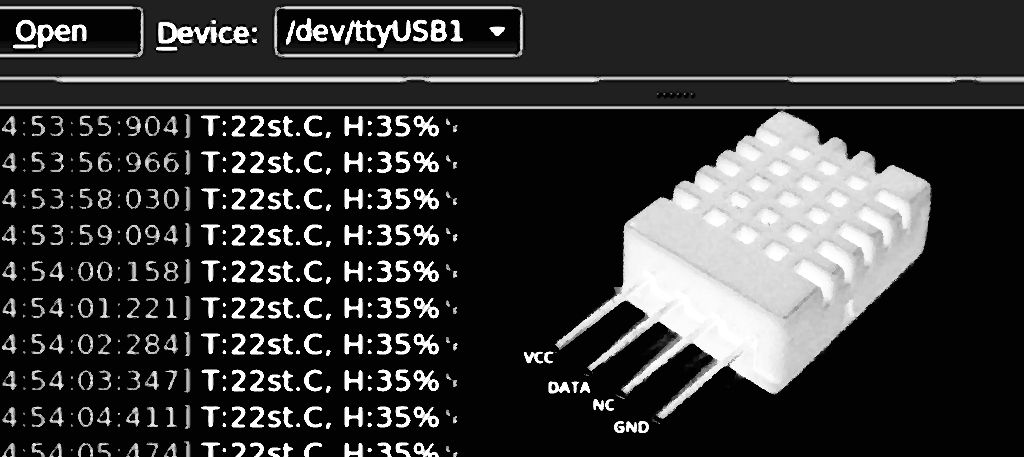Fast string to integer conversion (C/C++)
This article presents a few fast and lightweight implementations of conversion from ASCII string to integer. It can be an interesting fit to use in a small microcontrollers like for example ATtiny13, which resources are very limited. All presented functions are simplified and require a null-terminated array of chars as an argument. Convert string to … Read more


